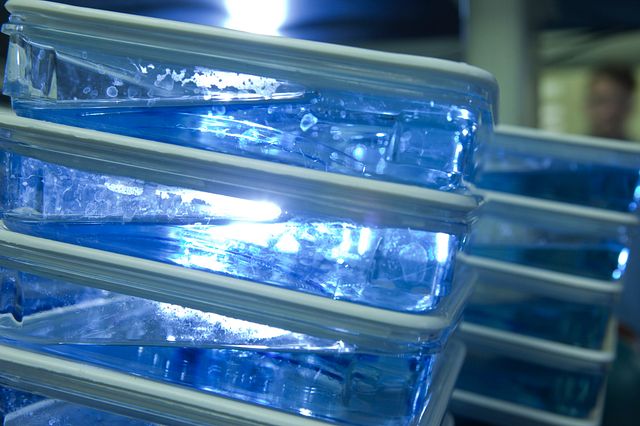Protein Analysis
Charles River offers GMP protein analysis support from method development and phase-appropriate validation to process/cleaning validation and sample analysis, as well as drug substance, finished product, and impurity analysis. We specialize in a broad range of analytical testing techniques to support protein characterization and development of both recombinant protein and peptide therapeutics.
With over 30 years of experience supporting peptides, lipids, proteins, glycoproteins, protein conjugates, and small molecules, our protein chemists utilize the following technologies and approaches:
- Ultra-high-pressure liquid chromatography (UHPLC)
- SEC, IEX, RP, and HILIC methods, with detection using UV, PDA, fluorescence, CAD, ELSD, MALS, and MS
- Mass spectrometry (MS)
- High-resolution accurate mass (HRAM) analysis on QTOF and Orbitrap platforms to profile and characterize intact proteins/subunits, peptides, and post-translational modifications, released N- and O-linked glycans, and host cell proteins (HCP) at high sensitivity
- Electrophoretic separation by mass or charge
- Western blot
- Binding assays, including ELISA and SPR
- Biophysical methodologies
- AUC, CD, DCS, FTIR, and MALS
- Diverse array of in-house platform and compendial methods along with product-specific in vitro potency assays supporting stability and product release
By partnering with our team for your protein characterization studies, you'll gain access to cutting-edge technology and assure your program adheres to the highest standards of quality, technical analysis, and reporting.
Frequently Asked Questions (FAQs) about Protein Characterization
-
Why is protein characterization important?
Product characterization is necessary to establish identity and product consistency for patient safety for any pharmaceutical, including a biopharmaceutical.
-
What are some different protein characterization techniques?
- Spectroscopic methods, including absorbance (UV/Vis, NMR, circular dichroism, FTIR), and/or emission (fluorescence), and light-scattering methods (MALS, DLS)
- Analytical ultracentrifugation (AUC)
- Electrophoretic separation methods (CZE, cIEF, CE-SDS, 1D, and 2D-SDS-PAGE)
- Liquid chromatographic separation (HPLC)
- Molecular mass determination by mass spectrometry (MS)
-
What’s protein characterization method validation?
Method validation is the process by which documented evidence is established through defined tests and challenges so that an analytical method meets specified design criteria (i.e., the method meets pre-determined acceptance criteria established by a qualified process and adequate provisions are established to keep it in a “state of control” to support a production meeting predetermined quality criteria). It is an important requirement for any information package submitted to international regulatory agencies in support of new product marketing or clinical trial applications.
The objective of validation of an analytical procedure is to demonstrate it is suitable for its intended purpose. Typical parameters considered in method validation are based on the International Conference on Harmonization (ICH) guidelines and depend on the type of method being validated. They may include:
- Accuracy
- Precision (repeatability, intermediate precision, reproducibility)
- Limit of Detection (LOD)
- Limit of Quantitation (LOQ)
- Selectivity or specificity
- Range
- Linearity
- Robustness, ruggedness, and sample stability
-
What are analytical method transfer guidelines?
Method transfer consists of laboratory studies designed to assess the ability of a “receiving” lab to apply the analytical method to obtain results closely correlated with those generated by the “originating” lab and meet acceptance criteria defined by validation.
Although different approaches can be taken to conduct a method transfer, the simplest and most common strategy is to have the “originating” and “receiving” lab each conduct testing of the same samples and assess accuracy and precision (repeatability, intermediate precision, and reproducibility) of the test results within and between the two labs.
It should be noted that method transfer applies only to previously validated, non-compendial methods.

